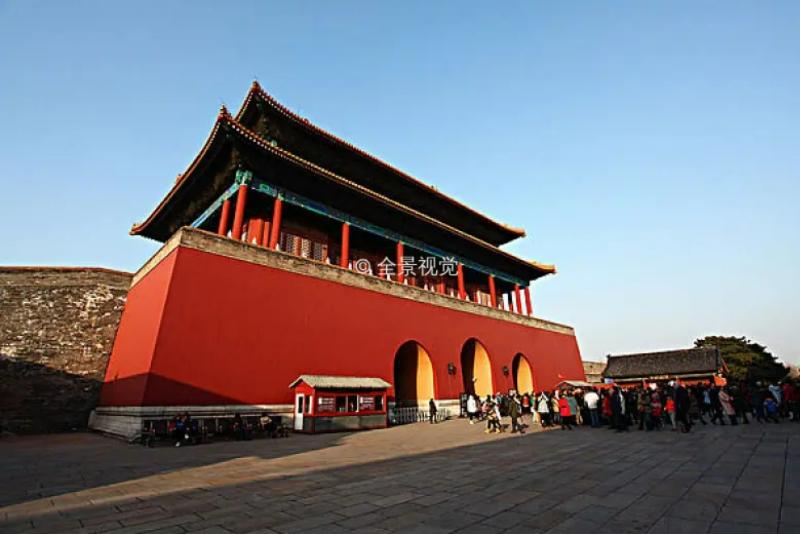Can you still visit the Forbidden City in China?
**The Forbidden City: Embracing the Past and Present, Still a Beacon for Visitors**
The Forbidden City, a magnificent palace complex that encapsulates the royal history of the Ming and Qing dynasties, has now evolved into the Palace Museum, open to the public. Today, many visitors, fueled by reverence for history and a yearning for culture, still flock to the Forbidden City to explore its wonders.
**I. Preparing for Your Visit**
Before planning a visit to the Forbidden City, tourists need to make some preparations. Firstly, it's essential to check the opening hours, which may vary depending on the season. Tourists should confirm the opening hours in advance to schedule their visit accordingly.
Secondly, the Forbidden City operates on a reservation system, requiring visitors to book tickets in advance through the official website or designated platforms. Visitors need to provide valid identification information during the booking process and select their preferred date and time slot. It's advisable to plan ahead and book tickets early to avoid missing out on the opportunity to visit.

**II. Things to Note During Your Visit**
While touring the Forbidden City, tourists should observe certain guidelines. Firstly, it's important to adhere to the regulations and refrain from entering restricted areas. Some palaces and sections of the Forbidden City are off-limits to visitors for preservation purposes, and it's crucial to respect these regulations.
Secondly, visitors should maintain proper etiquette and refrain from touching or damaging artifacts. The cultural relics within the Forbidden City are incredibly precious historical treasures, and any damage incurred would be irreparable. Tourists should maintain an appropriate distance and appreciate the charm of these artifacts with their eyes.
Additionally, due to the large influx of visitors, tourists should remain vigilant about their safety and the security of their belongings. Moreover, they should respect the experience of other visitors by refraining from loud noises or littering.
**III. Unique Features of the Forbidden City**
In addition to the aforementioned considerations, the Forbidden City boasts several unique features worth mentioning. Firstly, its distinctive architectural style exudes the grandeur and dignity of ancient royalty, with red walls, golden tiles, and intricately carved beams and columns showcasing the splendor of the imperial era.
Secondly, the Forbidden City houses a vast collection of precious cultural relics, including calligraphy, paintings, jade artifacts, ceramics, and bronze ware, among others. These artifacts not only possess immense artistic value but also offer insights into the history and culture of ancient China. Visitors can appreciate these treasures and delve into the profound depths of Chinese culture during their tour.
Furthermore, the Forbidden City regularly hosts various cultural events and exhibitions, providing visitors with additional opportunities for exploration. Tourists can stay updated on the latest events by following the official website or social media platforms and actively participate in these enriching experiences.
**IV. Conclusion**
In conclusion, visiting the Forbidden City is still possible today, but tourists need to make preparations and adhere to relevant regulations. Within the Forbidden City, visitors can admire the splendor of ancient royalty and experience the allure of Chinese culture. Whether marveling at the architectural style of the Forbidden City or savoring the precious artifacts within, it promises to be an unforgettable cultural journey. At the same time, visitors should respect and protect these cultural heritage sites, ensuring that more people can share in this valuable historical wealth.